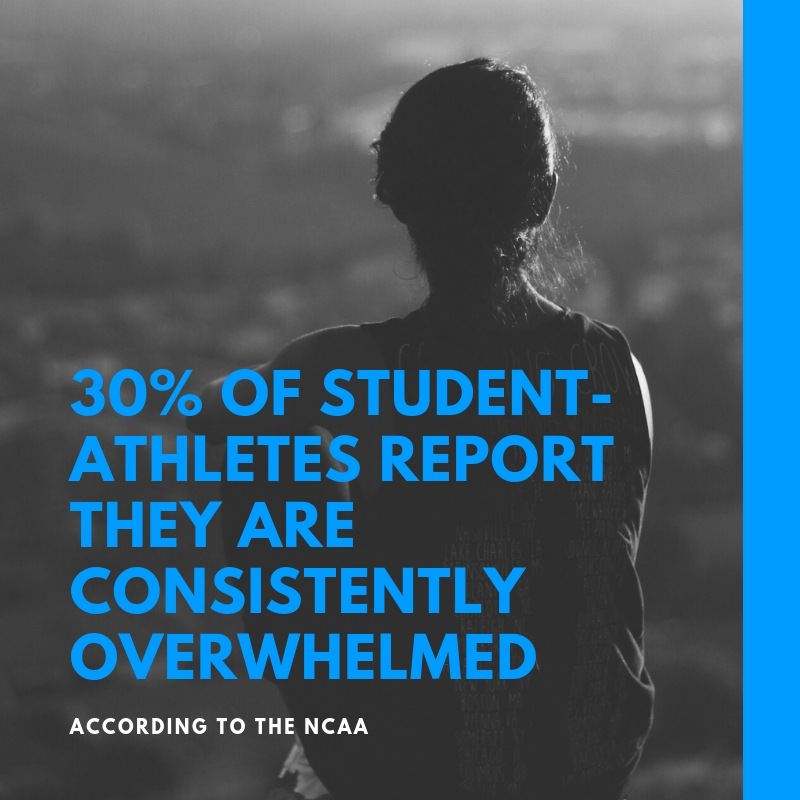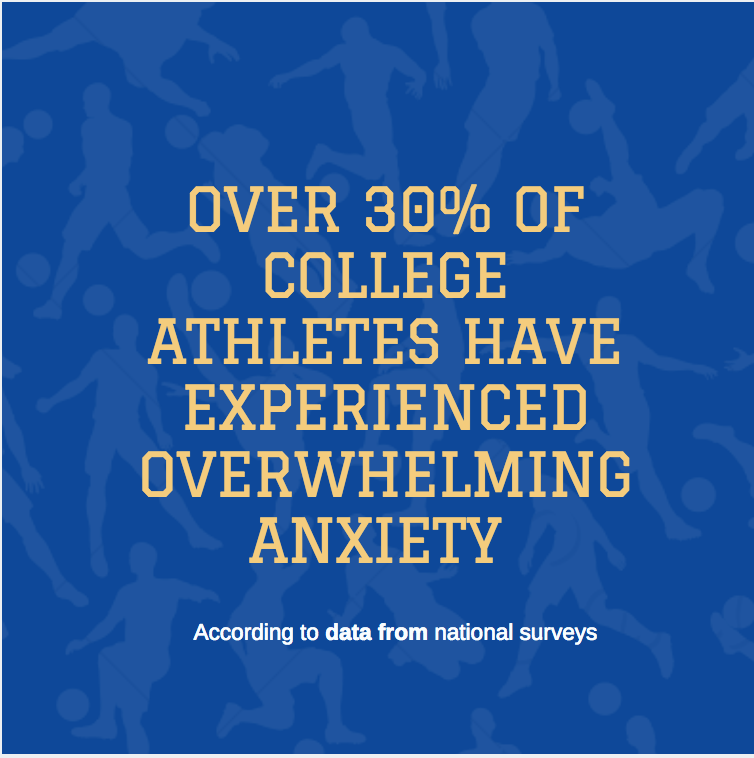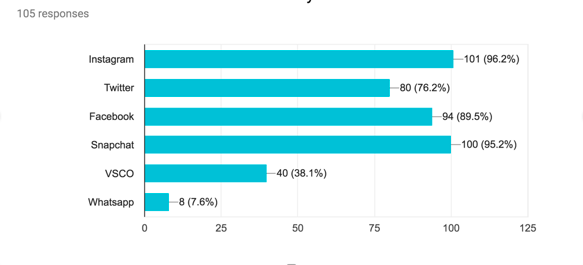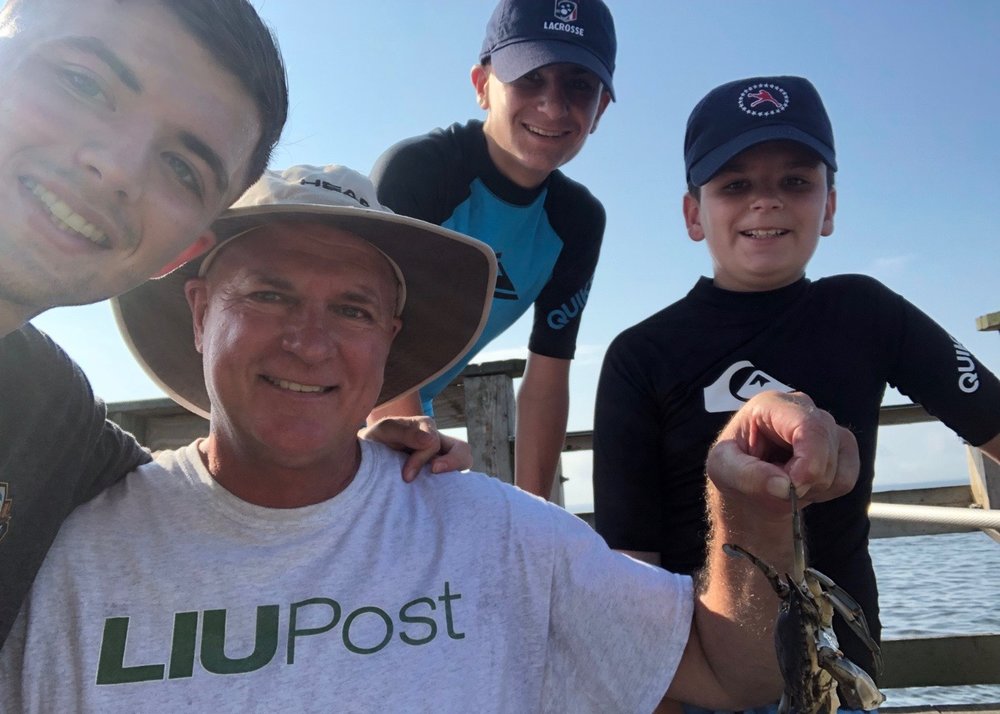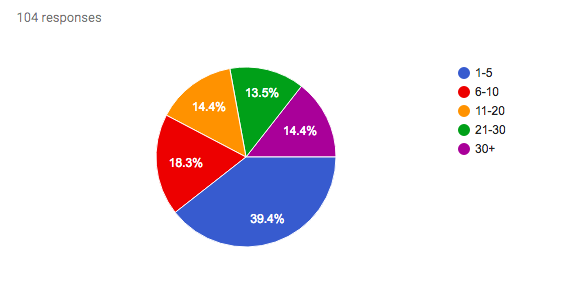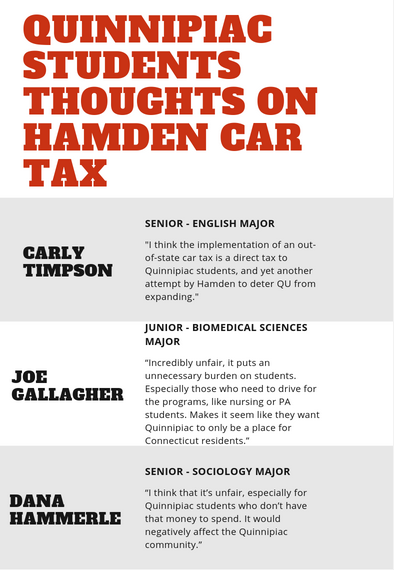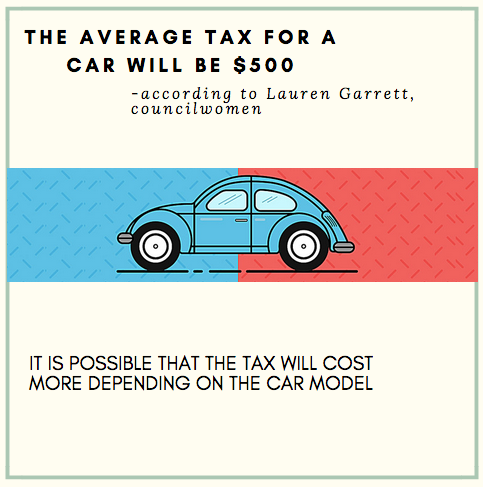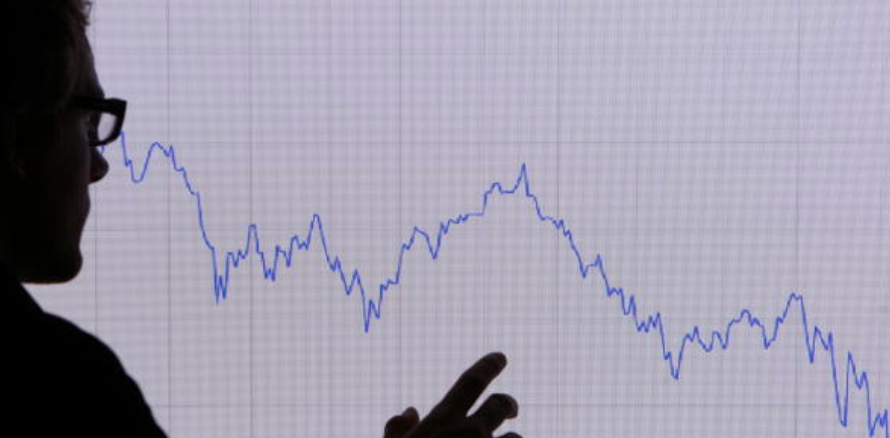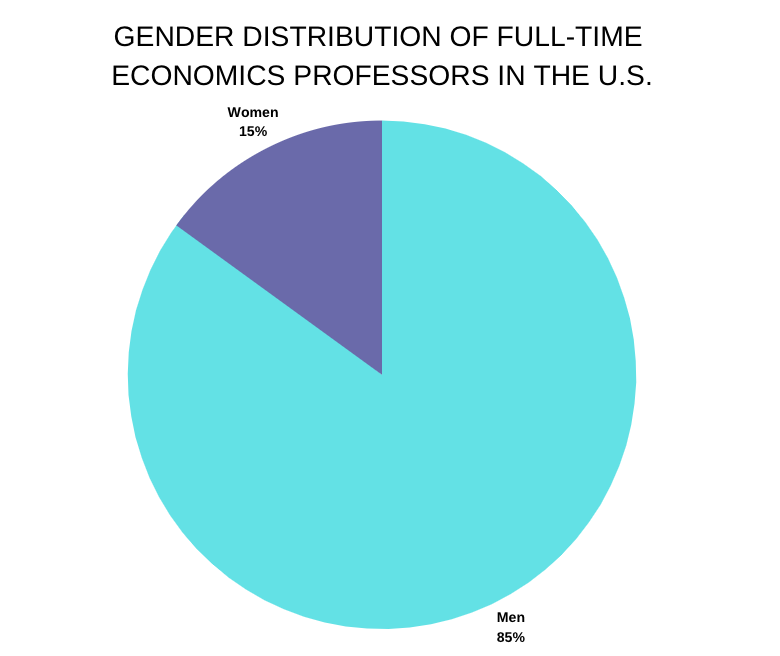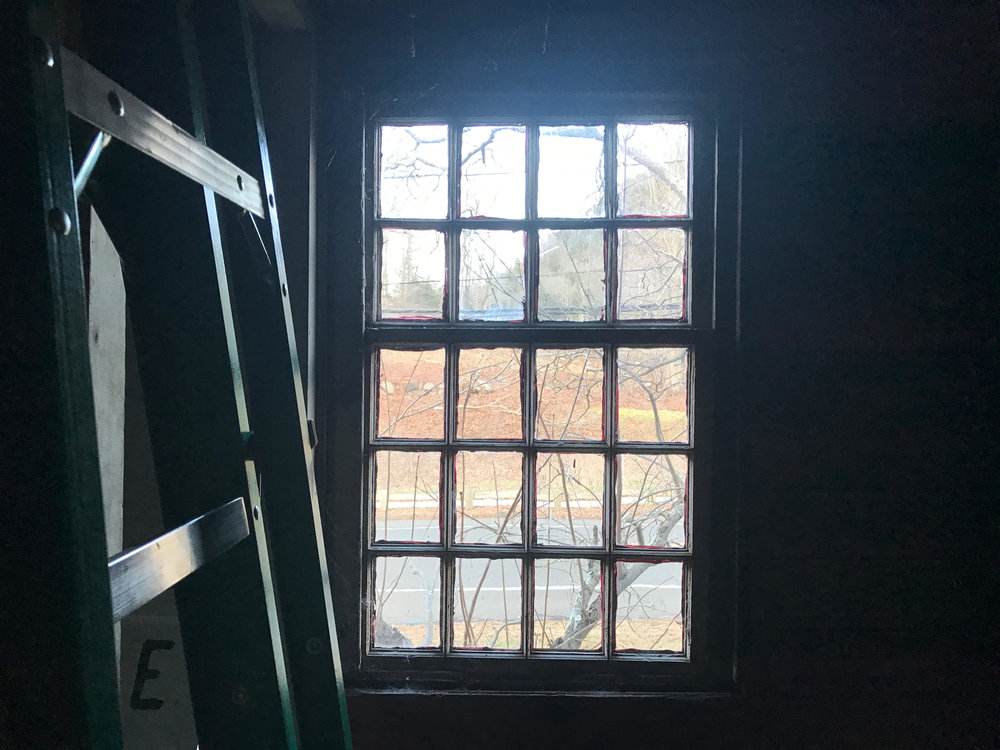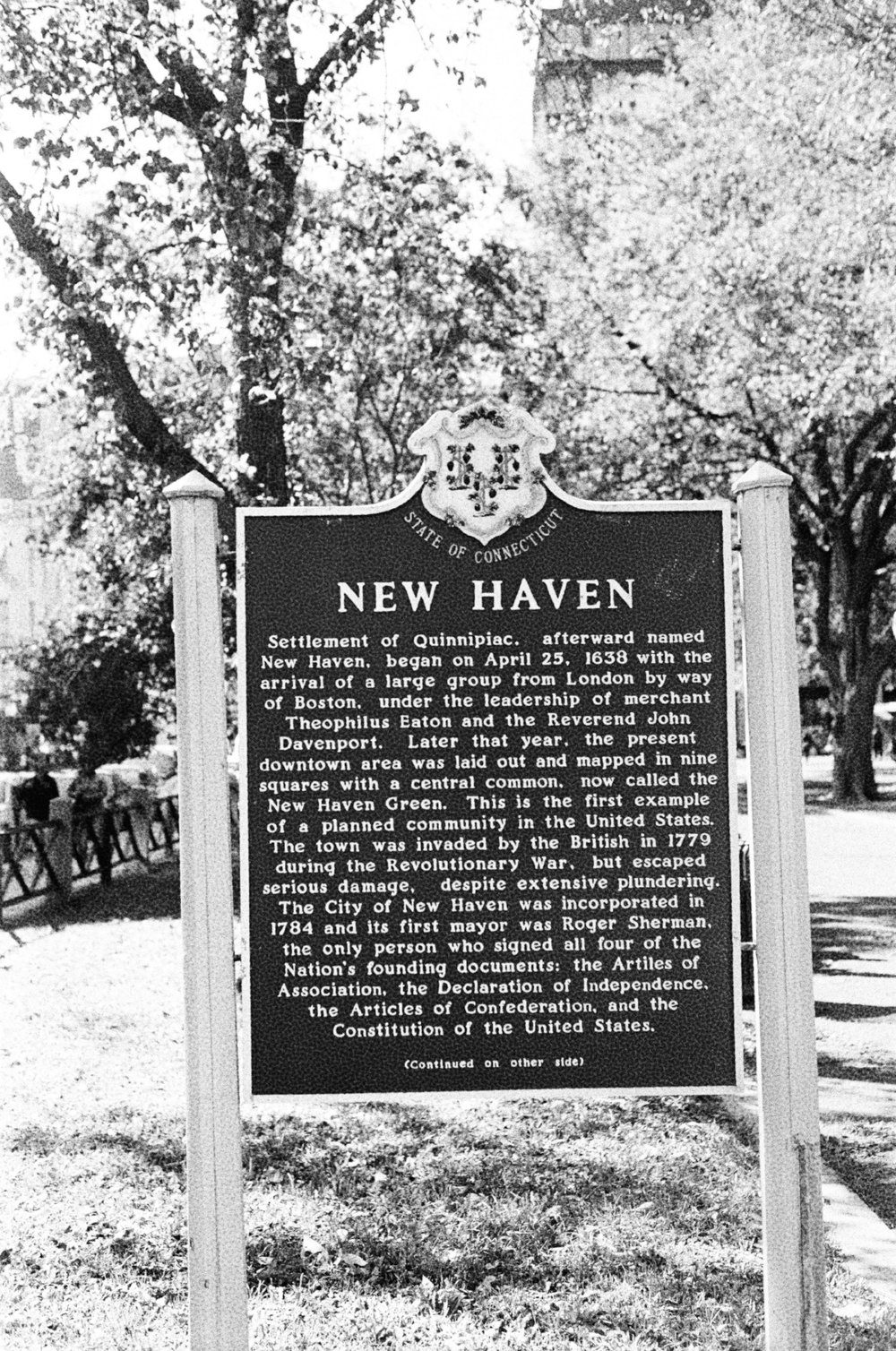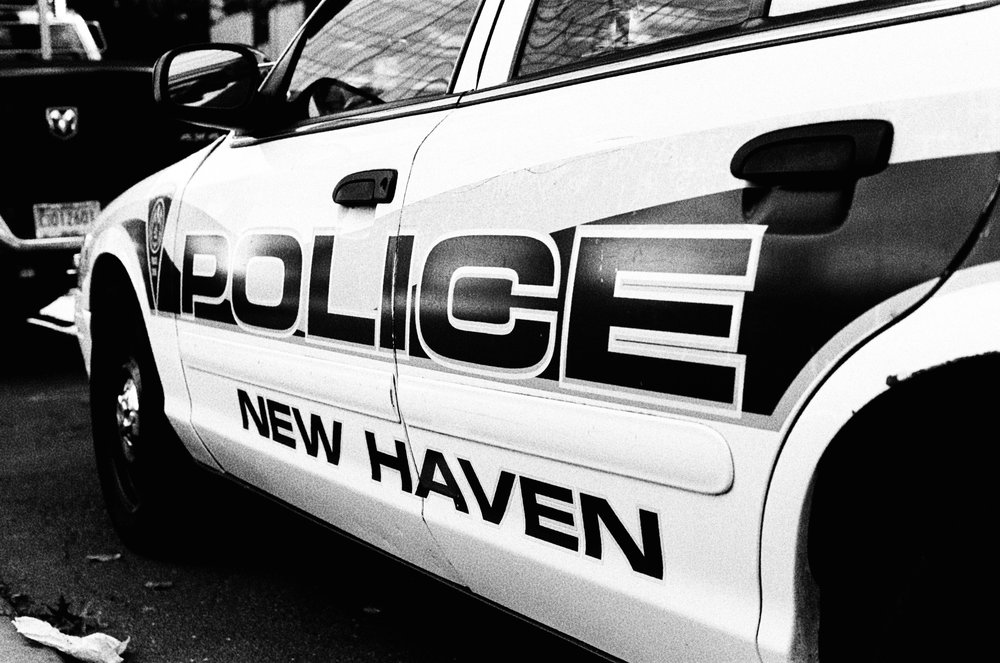By Kerry Golden
Each year, colleges and universities across the state of Conn. host 10-hour dance marathons to benefit the Connecticut Children’s Medical Center and the Children’s Miracle Network. By raising money to increase the financial capabilities of the hospital, these college students are helping to save the lives of children everywhere.
Cole Halvax, now a senior at Maple Hill High school in upstate New York, never thought that he would live until the age of 17. That’s because just two weeks after he was born, he was diagnosed with Cystic Fibrosis, more specifically, Delta 508. Cole and his family looked to the Connecticut Children’s Medical Center for help and hope.
“He had significant failure to thrive early on…he was not gaining weight,” said Cole’s mother, Tara. “He was not growing and that’s because CF affects your pancreas so he doesn’t break down fats and proteins.”
Within 24-hours of being diagnosed, Cole was admitted to the Connecticut Children’s Medical Center where he remained a patient for the next four years of his life.
“I think they gave me a good head start on life…they set me off to living a good life. They gave me enough medication and enough surgeries to help me proceed to get to where I am today,” said Cole Halvax.
Located in Hartford, Conn., The Connecticut Children’s Medical Center(CCMC) is the only hospital in the entire state that focuses primarily on children. The hospital provides for more than 30 pediatric specialties, and each year the hospital sees more than 100,000 children with various types of conditions.
Students from The University of Connecticut, Quinnipiac University, Wesleyan University, Trinity College, the University of New Haven and Eastern Connecticut State University not only recognize the need to raise money, but have responded in huge ways.
Last year the University of Connecticut’s HUSKYthon crushed their goal of $1 million raising $1,021,485, the highest total for any dance marathon to date. Ranking second was Quinnipiac University’s QTHON, which also surpassed their goal of $150,000 raising a total of $265,431.79. But where exactly does this money go and how is used to help children?

The 2018 QTHON total
In 2018, money from dance marathons helped purchase a machine called a vein illuminator which is used to help find patients veins when they need an IV. Money also goes to the Children’s Greatest Need Fund, a fund that disperses money to the area of most need at the time money comes in. Such money can be used for technology, research or patients. This fund assesses the needs of every aspect of the hospital and responds accordingly.
“Every dance marathon is a little bit different, depending on when the money comes in,” said Marissa Troiano, Associate Manager for Children’s Miracle Network Hospitals. “Last year they (QTHON) had some money go to the cardiology department…they did some fundraising for our new fusion and dialysis centers which just broke ground a month ago.”

These dance marathon events involve much more than raising money, they also raise awareness of the necessity to help others. By actually visiting the hospital and seeing first hand its current needs, students can work cooperatively with the hospital to set goals and plan the event.
“We got to see the cardiovascular room that about three years ago the money went towards. Push day we were able to fundraise for a vein illuminator that the hospital can now use. Also, a lot of our funds went to the fusion and dialysis center that the hospital has built for these patients because they are having an increase in patients that need this element, so that’s where our money is going towards,” said co-recruitment chair of QTHON, Victoria DeLarosa. “ And we are still working with the hospital now to see what our total is going to be, and actually seeing that this is benefitting people, it could be a room or just an Ipad.”
Fundraising for equipment and research is crucial to every patient, those that receive care in the hospital, and those that receive it as outpatients.
Quinnipiac freshman, Rachel Houlihan, knows the value of these dance marathons as she, like Cole, has ties to the hospital. As a freshman in high school, Rachel was diagnosed with non-alcoholic fatty liver disease. This disease required her to see a specialist at CCMC to learn about and adapt to living with her condition.
“I felt lucky because a lot of the kids who are there are young and they are going to face a lifetime of whatever they are there for,” said Houlihan. “Not only are they (the kids) be getting the best care, but they are getting the best emotional support as well.”
Dance marathons do more than raise money, they establish connections. These connections make the need and struggles of sick children real and helps strengthen college students’ awareness of the need to take action. One way this is accomplished is through “Miracle Children,” patients from the hospital who trade their time with doctors to attend a fun evening with college kids. Each year patients, along with their parents, attend these dance marathons, meet the students, and realize there is a whole community who supports them.

Miracle Child, Bianca, shows off her gymnastics skills at the 2018 QTHON dance marathon
“The fundraising is amazing…but the impact is real,” said Troiano. “The event itself -the experience for the patients-is life changing. We have a patient whose family will tell us QTHON changed his life. It made him come out of his shell. It made him able to go to Disney, to fly on planes, go on vacations…things they never thought he would be able to do.”
Quinnipiac sophomore Jonathan Sweeney has been dancing for two years now and feels that dancing for people who can’t is extremely important, especially living close to Sandy Hook, Conn.
“I dance because I faced childhood illness first hand and I know how helpful organizations like QTHON are,” said Sweeney. “And I also dance because I was immensely affected by the tragedy at Sandy Hook- they never got to live their childhood, so I feel this is a way to honor them by helping other kids.”
Cole’s mother believes the Children’s Miracle Network does indeed perform miracles. When asked if she Cole’s good health is the direct result of CCMC, she replied, “Well definitely. I mean you take somebody like Cole.To be honest, 17-years ago with his diagnosis, at this point we thought he would be getting a lung transplant and a liver transplant. Playing varsity soccer and going to sectionals and going to college, that wasn’t even on our scope of thinking at 4 years old,” she said.
“Getting early treatment and early medicine, and good medicine, makes a huge difference…some of these kids don’t have the means to do so, that’s why it’s important to raise money, so that they can have a future…because 17-years ago, I didn’t think he would be here, and that’s a miracle,” said Tara Halvax.
This year’s QTHON will take place on March 23, 2019. If you would like to participate or donate to a dance marathon near you, vist https://dancemarathon.childrensmiraclenetworkhospitals.org
